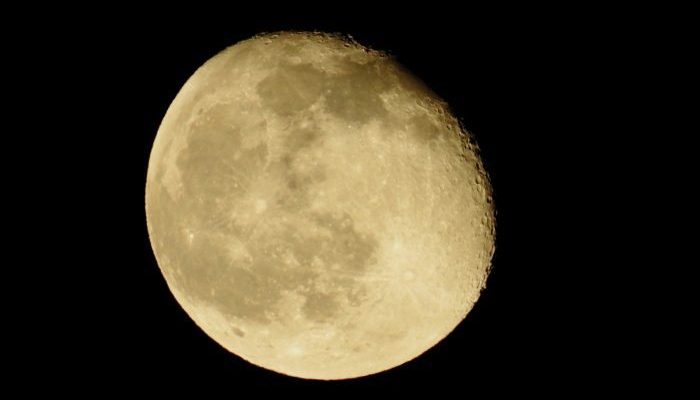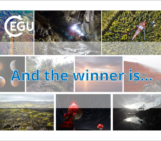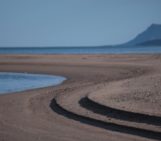
This picture shows the decreasing Moon on May 6, 2015, two days after the full Moon, as viewed from Hamburg, Germany. There are still 96.4% of the lunar front illuminated.
The Moon does not glow on its own, but its surface reflects the sunlight. The Sun always illuminates a complete half of our natural satellite, which, in its orbit around our planet, always turns its face (which we see at full Moon) toward the Earth.
As the Moon is in constant motion with respect to the Earth and the Sun, the angle of view of the Moon – and thus its phase – changes from day to day. The particular angle at which the illuminated, visible lunar surface appears depends on latitude. Near the equator, for example, the boundary between the light and shadow sides of the crescent is approximately horizontal. In the northern hemisphere, an increasing Moon is illuminated on the right, a waning Moon on the left. In the southern hemisphere, the phases of the moon appear reversed: the illuminated surface of the Moon increases from left to right.
Edited from the description by Wolfgang Fraedrich. Read more at imaggeo.egu.eu
If you pre-register for the 2018 General Assembly (Vienna, 08–13 April), you can take part in our annual photo competition! From 15 January until 15 February, every participant pre-registered for the General Assembly can submit up three original photos and one moving image related to the Earth, planetary, and space sciences in competition for free registration to next year’s General Assembly! These can include fantastic field photos, a stunning shot of your favourite thin section, what you’ve captured out on holiday or under the electron microscope – if it’s geoscientific, it fits the bill. Find out more about how to take part at http://imaggeo.egu.eu/photo-contest/information/.
Imaggeo is the EGU’s online open access geosciences image repository. All geoscientists (and others) can submit their photographs and videos to this repository and, since it is open access, these images can be used for free by scientists for their presentations or publications, by educators and the general public, and some images can even be used freely for commercial purposes. Photographers also retain full rights of use, as Imaggeo images are licensed and distributed by the EGU under a Creative Commons licence. Submit your photos at http://imaggeo.egu.eu/upload/.



